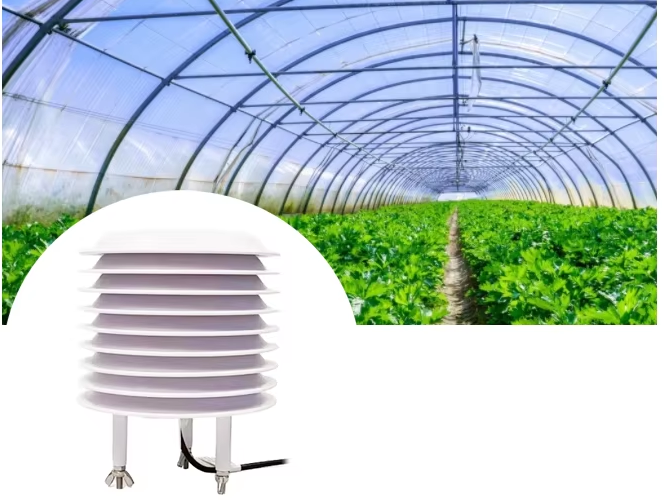Title: Cutting-Edge Gas Sensor Technology Monitors Greenhouse Gas Emissions Across Australia and Thailand
Date: January 10, 2025
Location: Sydney, Australia — In an era marked by urgent climate change challenges, the deployment of advanced gas sensor technology is becoming a pivotal strategy in monitoring greenhouse gas emissions in countries like Australia and Thailand. These innovative sensors are aiding governments, industries, and environmental organizations in their efforts to track emissions accurately and formulate effective strategies to mitigate climate impacts.
Australia, known for its vast landscapes and diverse ecosystems, has been increasingly focused on addressing its carbon footprint. Recent deployments of gas sensors across urban areas and agricultural regions provide real-time data on greenhouse gas emissions, including carbon dioxide (CO2), methane (CH4), and nitrous oxide (N2O). This data is essential for understanding emission sources and trends, paving the way for targeted climate action initiatives.
Australian Environment Minister Sarah Thompson emphasized the importance of this technology, stating, “By investing in advanced monitoring systems, we can better understand where our emissions are coming from and take significant steps towards achieving our net-zero targets. These sensors not only enhance our inventory data but empower communities to participate in emissions reduction efforts.”
In Thailand, where the agricultural sector significantly contributes to greenhouse gas emissions, gas sensor technology is proving vital for both environmental monitoring and agricultural sustainability. The Thai Government has introduced a nationwide initiative to deploy gas sensors in rice paddies and livestock farms to monitor methane emissions, a potent greenhouse gas produced during rice cultivation and animal digestion. This initiative is part of Thailand’s commitment to reducing emissions by 20% over the next decade.
An environmental scientist based in Bangkok, noted, “Accurate data on methane emissions allows farmers to adopt practices that not only limit their environmental impact but also improve their productivity. Using sensors, we can provide farmers with the information they need to adjust their practices in real time.”
The advantages of gas sensor technology extend beyond emissions monitoring. These sensors are equipped with Internet of Things (IoT) capabilities, enabling seamless integration with cloud-based platforms for data analysis. This technology allows stakeholders to share their emission data with regulatory bodies, contributing to a more comprehensive understanding of national and international greenhouse gas emissions.
In addition to Australia and Thailand, countries like Canada, the United States, and members of the European Union are also adopting similar technologies to enhance their greenhouse gas emissions monitoring efforts. This trend reflects a growing recognition of the need for precise measurements to inform climate policies and sustainable practices.
One of the most significant benefits of these monitoring systems is their accessibility and user-friendly design. Many sensors can be deployed with minimal infrastructure, making them ideal for remote and vulnerable regions where traditional monitoring might be impractical. This accessibility is critical for developing countries, where resources for environmental monitoring can be limited.
Looking forward, researchers and environmental advocates stress the importance of expanding these sensor networks worldwide. The collection of accurate global greenhouse gas data is vital for measuring progress against international climate agreements such as the Paris Agreement.
As the urgency of climate change intensifies, the implementation of gas sensor technology serves as a beacon of hope, providing invaluable insights into emissions and fostering collaborative efforts towards a sustainable future. With continued investment and innovation, Australia, Thailand, and other countries are taking pivotal steps to combat climate change and protect the planet for future generations.
This technological revolution in greenhouse gas monitoring is not only about reducing emissions but also about transforming how societies engage with the pressing reality of climate change, promoting accountability, and paving the way for a more sustainable world.
For more air gas sensor information,
please contact Honde Technology Co., LTD.
Email: info@hondetech.com
Company website: www.hondetechco.com
Post time: Jan-10-2025


